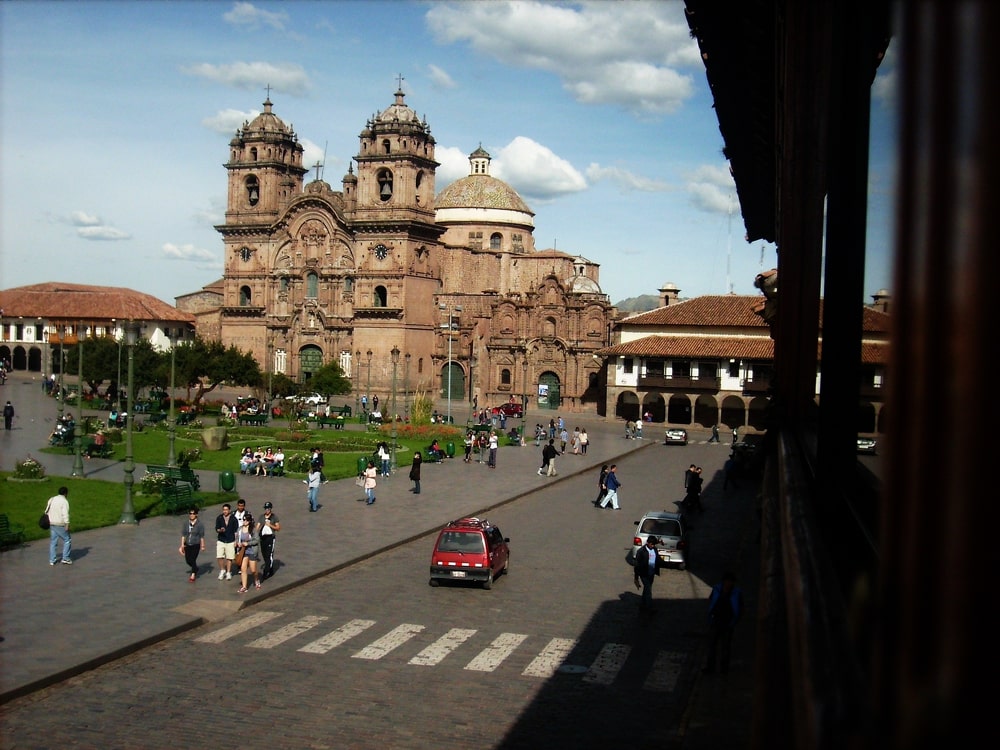
TOP 10 Things to do in Cusco; Cusco, the Imperial capital city of the massive Inca Empire of the Incas. This architectural treasure trove is home to the minority Aymara tribe (Qusqu) and the many Quechua speaking tribes (Qosqo) scattered throughout the region of Cuzco and beyond. Quechua was the main language of the Incas. Quechua is still prevalent in many indigenous communities in the Southwestern parts of the Andes. These communities have had very little influence from modern life, they keep to ancient forms of living like farming animals like llamas and alpacas, as well as weaving colorful traditional garments.
The central Andes has a wealth of hidden gems waiting to be explored by a curious tourist. Its mostly known for its world-famous Inca Trail hike to the 07th world wonder, the majestic Machu Picchu Citadel. Also making its presence felt is the newly discovered (only in 2015) Rainbow Mountain. This freak of nature has astonishing striking and vibrant colors.
The Inca Empire was the largest empire in pre-Columbian America. They left behind a legacy of the most intricate road-network, which connected every corner of their massive territory. Along the different trails through the Andes are many archeological sites that stand out because of their monumental architecture, innovative agriculture practices (Moray) and sound engineering practices. They are known as the most advanced civilization of their time, working with very little tools and building in the most challenging locations in the world. Each trek has its own unique features, visit stunning turquoise lakes (Lake Humantay) on the Salkantay Trek, immerse yourself in secluded indigenous villages, with locals still living a very authentic and ancient lifestyle on the Lares Trek or challenge your hiking capabilities to the most underrated and hidden archeological site of Choquequirao. This archeological site is 3 times the size of Machu Picchu and more of it is still being excavated from the dense jungle that surrounds it. It has very little annual foot traffic, so there is absolutely nothing touristic about it.
Cuzco is also a breath away from the massive Amazonian Rainforest, which covers over 2 thirds of the entire country of Peru. A great way to connect with nature and experience the most comprehensive bio-diversity in the world. It´s a gastronomy capital in its own right, with fusion and neo-Andean cooking, prepared using modern techniques. Even though, they are surrounded by mountains, they have a thriving agricultural sector located in the Sacred Valley. Food here is usually made from fresh organic local ingredients with a mix of international ingredients.
Modern Cusco´s tourism sector has been the backbone of this region since the 2000´s. It brings in over a million visitors a year and pre-covid, contributing over 1.2 billion to the national economy. The scale at which tourism is growing in the city, has made a few structural changes to its inhabitants. Firstly, it is transitioning from a small city, to something that’s more metropolitan and has also seen growth to its ex-pat community. It has a vibrant nightlife and has modern amenities, like good speed internet, modern apartments etc. A big tourist hub, known for its street markets with inexpensive fresh produce and arts and crafts. The beguiling blend of cobblestone streets, colonial period architecture and that unmistakable Peruvian street spirit, Cusco’s designation as the gateway to the beautiful Sacred Valley and Machu Picchu simply further underscores its enduring popularity.
Awesome Things to do in Cusco while acclimating:
The Plaza de Armas
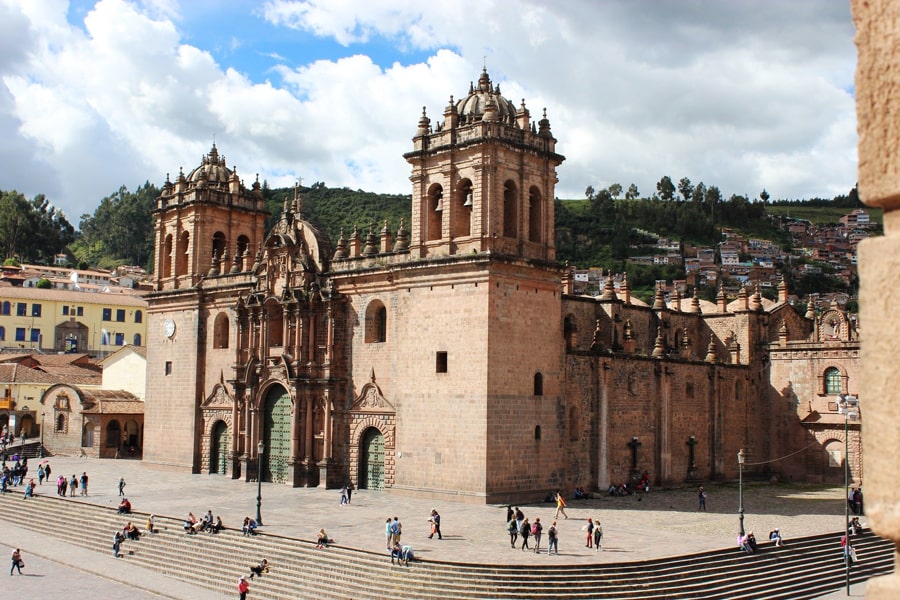
The best place to start your exploration of Cusco city is most certainly its historically center. Its colonial Spanish architecture has a long, rich and winding history. In the center of everything is a beautifully tendered garden that surrounds a water fountain with a statue of Pachacuti. Pachacuti was the most successful Inca Emperor, increasing their territory beyond its initial small Cusco boundaries. To admire your surroundings, you can either walk up to a 2nd floor restaurant/cafe for panoramic views of the center from a balcony. Or you can grab a seat from one of the benches in the gardens and enjoy the hustle and bustle of this tourist hub. There are numerous Cathedrals, stalls, flea markets and tourist information centers to keep you occupied for hours. From this location, find out about the tragic death of the inspiring Tupac Amaru, while sipping on a cocktail or cup of coffee.
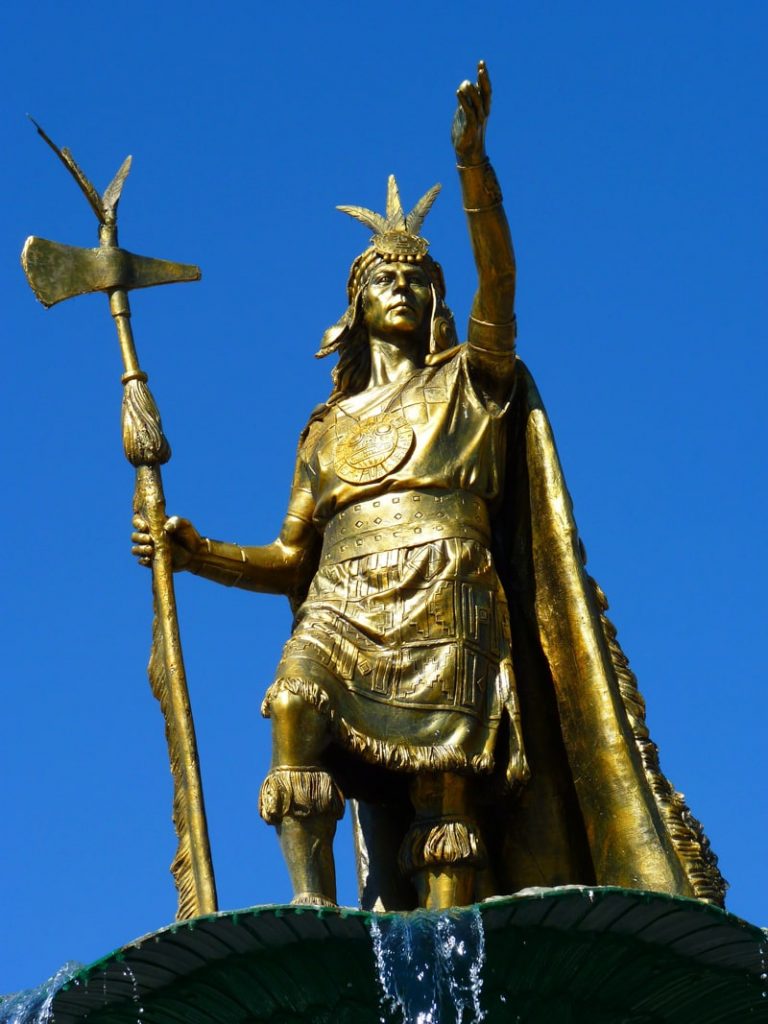
Qorikancha
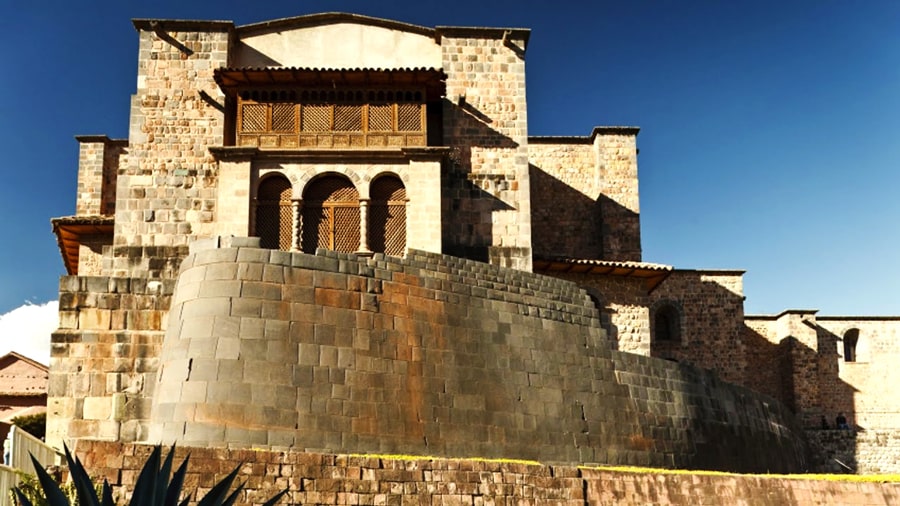
Koricancha was originally named Intikancha, Inti is the Sun God and very important to the Inca. The great emperor rebuilt the temple of the sun using the sturdy and almost indestructible ashlar technique. In his new construction he added plates of gold, covered the walls with sheets of cold and adorned the bodies of seven previously deceased Inca Emperors with masks, head-dresses, medals, bracelets and scepters of gold and then placed them on a gold bench. Adjacent to the Coricancha is a courtyard that was filled with golden statues. Upon arrival, the Spanish invaders demanded a ransom for the release of Inca emperor at the time Atahualpa. The people collected most the gold from site, but the Spanish went back on their word and murdered anyway. They then demolished the temple and built and built the Convent of Santo Domingo on the temple´s foundation. Major earthquakes have severely damaged the church numerous times, but the Inca stone walls have remained sturdy, sustaining very little damage. Also, visit an underground museum nearby with mummies, textiles and sacred idols collected from Sun Temple.
Today you can see both the impressive Incan foundations and the colonial Spanish church. Learn about Incan astronomy and visit the Temples of the Moon and Sun. The church also houses a beautiful collection of colonial paintings.
Sacsayhuaman
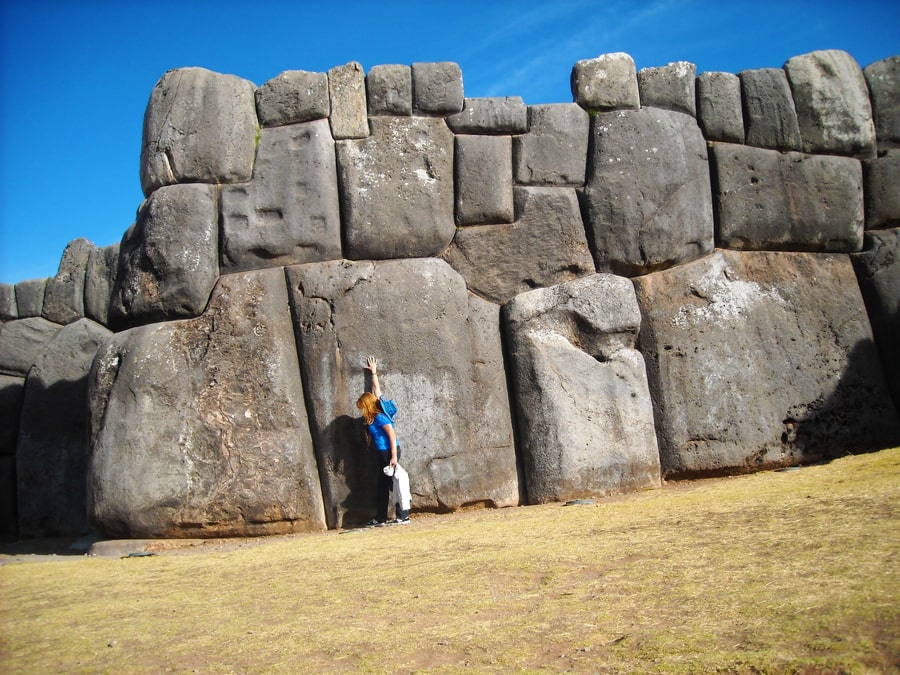
Sacsayhuaman is made of giant stones weighing hundreds of tons each, that have been carved and shaped to fit perfectly together. The walls extend across for miles and the site is perched at the top, overlooking the city. It’s said the city of Cusco was constructed in the shape of a Puma and Sacsayhuaman is the head of the Puma. The location of the site, together with the size of the stones and the length of the walls clearly indicate that this archeological site was used as a fortress for the defense of the Imperial city of Cusco. Its also said to have served as a political center and a stage for religious ceremonies. It took several decades and thousands of men power to complete this monumental site. Today, the biggest festival in Cusco, Anti Raymi, which takes place on the 24th of June (winter solstice) takes place at Sacsayhuaman. Although only 20% of this site remains, there are still a number of interesting details that you would still observe. At the top of the structure, the spiritually important mountain peak of Ausangate is clearly visible. It’s also possible to walk to the nearby Christo Blanco, for great views of the city sundowner.
The Twelve-Angled Stone (Things to do in Cusco)
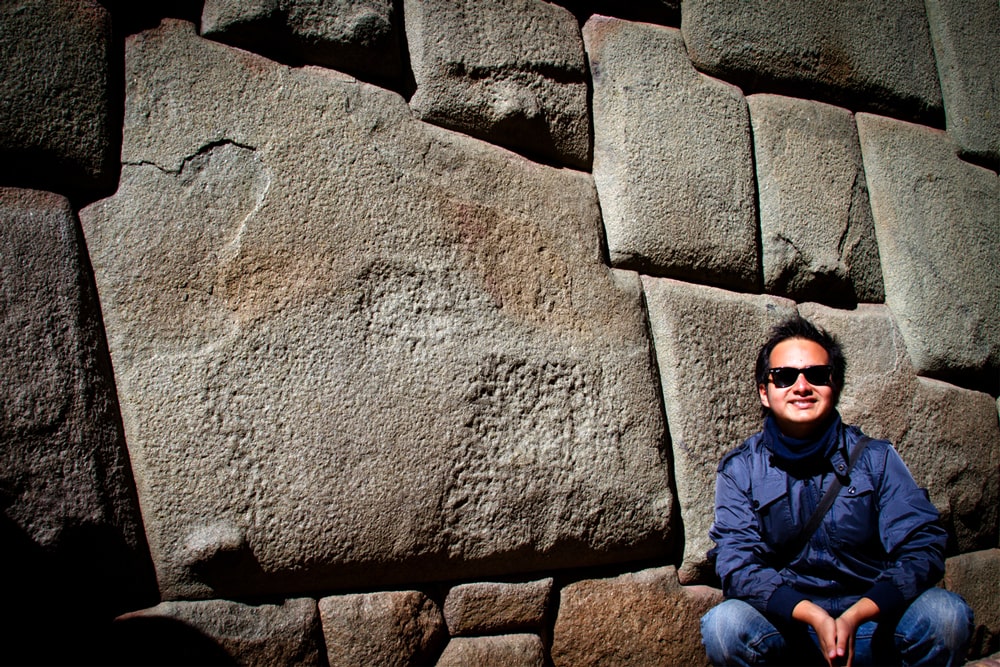
Now, if you’ve been doing your research for Cusco, then you may have seen a lot of posts talking about the 12-Angle stone (sometimes called the 12-Point Stone).
It isn’t really something to make you excited for your upcoming trip is it? Especially in comparison to a make your own chocolate workshop!
We are with you on this one too, especially as this revered stone on a very narrow street is pretty much always crowded and has a guy in Incan fancy dress permanently positioned next to it
It is a block of stone that is made of green diorite, a stone widely used in Inca architecture. It is also one of the important symbols of the city of Cusco and is embedded in an Inca wall, which is part of the Archbishop’s Palace and the Museum of Religious Art of Cusco, where paintings of the Cusco school are exhibited.
The wall where this famous stone is embedded is admired for its polygonal architecture. It also has colonial walls built on this very solid Inca foundation. This wall is characterized in that in the center of the wall the stone of the twelve angles is located, popularly known for its perfect assembly of its corners, for its great finish, assembly and its Inca perfectionist border.
Its located next to the Church of Triumph. Around two blocks from the main square, on Hatun Rumiyoq Street (large stone in Quechua).
San Pedro Market
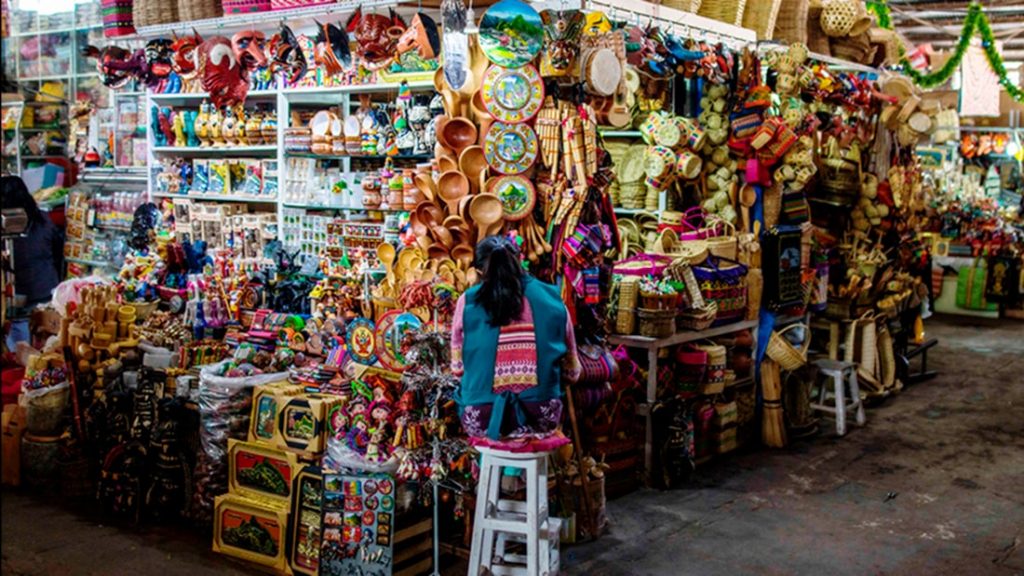
The streets become noisy and crowded as you approach San Pedro Market Cusco, a place where (almost!) everything can be bought. A swirl of colour, unknown smells, and the characteristic buzz of the place hits you as soon as you step inside. Wandering through the busy aisles, enjoy the bright colors of the Alpaca ponchos and arts and crafts. You will pass women in traditional dress trying to catch your attention with an “Amigo, what do you want to buy?” The market is clean, easy to configure and no one follows you around, they will call out for your attention as you pass, but they won´t follow you.
Cusco city is the mecca of superfoods; all these superfood grains can be found at very reasonable prices, like quinoa, maca or kiwicha. Their prices are way lower than chain supermarkets, so it is really not necessary to haggle with these ladies. Try a fruit juice made with a mix of any of the fresh fruits and vegetables that surround you. Try another section with nuts, dried fruits, different types of cheese, fresh fish and so much more. If you are squeamish, avoid exiting on the left, with more exotic items on sale, like snakes, frogs and items I wasn’t quite sure what they were.
The best advice for a visit to San Pedro Market is to take your time, wander slowly and marvel at the heart of Cusco where goods from the Peruvian coast, jungle and Andes are exchanged every day. The market allows a glimpse into the Cusco or ‘Cusqueña’ culture and is definitely not to be missed.
Hike up for sunset views
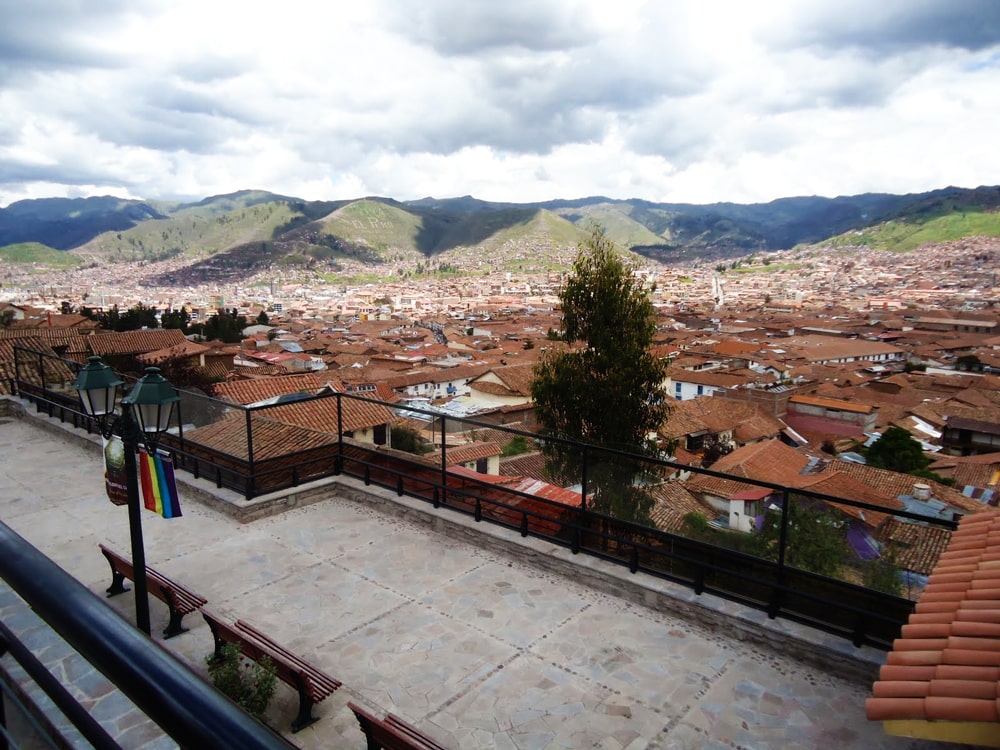
There are a few spots around the city to watch the sunset. First you can try Christo Blanco, the statue of Christ that was put in many South American cities by the catholic church. The hike to the top can be a bit challenging because of the altitude, once you arrive, you get stunning views of the entire city. Stay long enough to watch the sun go down, it’s absolutely spectacular. After dark, you can grab a taxi for around just 10 soles.
Another location is Mirador de San Blas, the hike is not as high up as Christo Blanco and the views are also magical. It’s a couple of steps from the Bohemian neighborhood of San Blas, it’s close to restaurants and late-night digs. The last view point we recommend is Plaza San Cristobal, only 10 minutes walking from the historical center. The steps are steep, but it’s a very short walk and it will give you great views of the sunset and the city. Once you´ve had your fill, you can walk back down to the center for a scrumptious dinner.
Chocolate and Coffee Museums
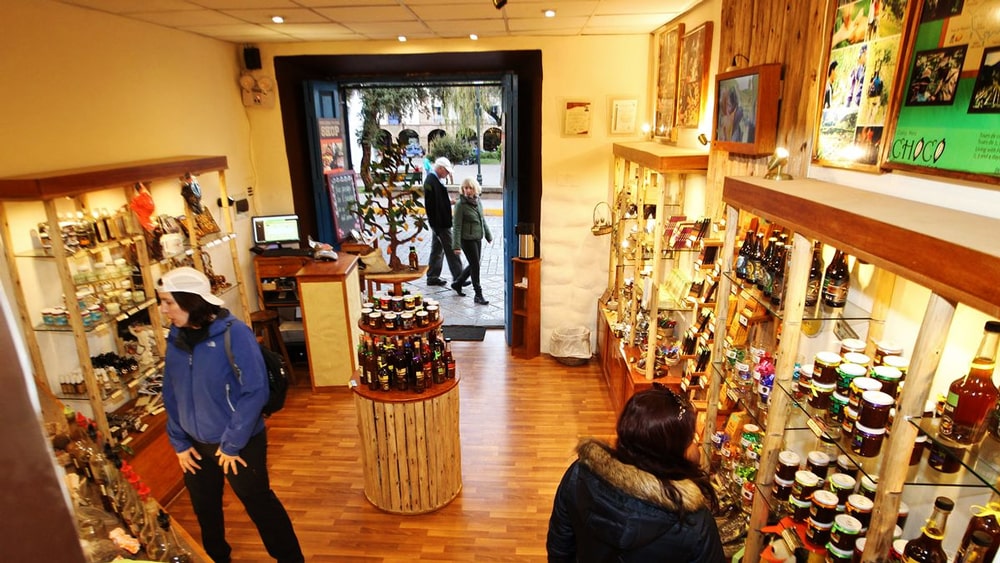
Peru ranks in the top 10 largest cacao producers in the world. If you’re a chocolate addict like me, you don’t want to miss out on a tour of the Choco Museum! They have many different combinations of chocolate. Probably the most interesting is their coca and chocolate mix, it’s definitely interesting. If you haven’t stocked on souvenirs, you can purchase a box or two of a variety of chocolate flavors.
You can book a mini chocolate workshop and learn how to turn a bean into a bar of chocolate. Other options include attending a cooking class, going on a plantation tour or a chocolate, coffee, Pisco and beer tasting.
Santa Catalina Monastery
Monasteries in Peru have a very unique history that is unlike most other former Spanish colonies. This monastery was built on the foundations of the Incan Acllahuasi, where the Virgins of the Sun lived during Inca times. Learn about both the ancient and modern uses of the site at this exceptional example of both ancient Incan and colonial Spanish culture. Fans of colonial art from the Escuela Cusqueña should have this towards the top of their list!
Cooking and Pisco Tours
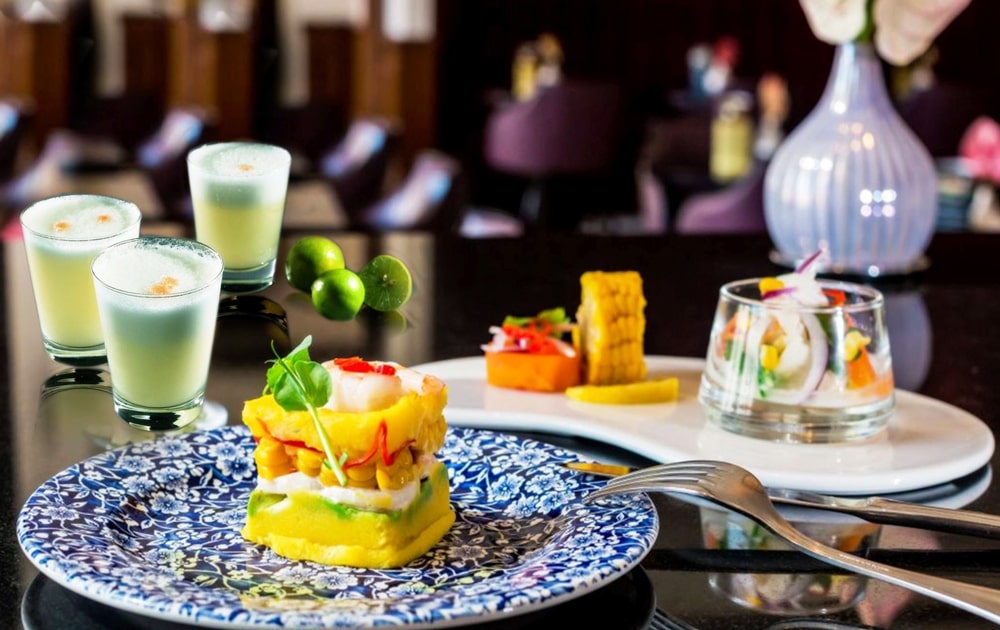
Cusco is a gastronomy capital in its own right. It has an eclectic mix of food. They are known for their fusion and neo-Andean cooking. History of food in this region has had influences from many different cultures, starting in Europe, to Africa, all the way to Asian cuisine. Book a decadent food tour, trying different bites and drinks and learning about Cusco in the process. Drinks unique to this region include chicha morada (purple corn drink), frutillada (fermented strawberry drink) and pisco sour (an alcoholic drink made with Pisco Sour and egg whites). Listen to your hosts sharing folktales. Explore the vibrant nightlife, that comes alive after dark. Sampling foods with drinks that complement each selection.
Restaurants
If cooking isn’t your thing, there are many amazing restaurants in Cusco where you can eat without having to work for it. Try both traditional Peruvian cuisine as well as more modern fusion cuisine. Chefs in Cusco have creative takes on the traditional dishes of quinoa, guinea pig, alpaca and the impressive variety of more than 5,000 kinds of potatoes. Of the numerous wonderful restaurants, some of the best which are also close to the Plaza de Armas are:
- Limo
- Morena Peruvian Kitchen
- Calle del Medio, Nuna Raymi
- Catedral
- Cicciolina
- Kion
- Chicha
- Yaku.
The TOP things to do in Cusco information has been updated on Dec 2022